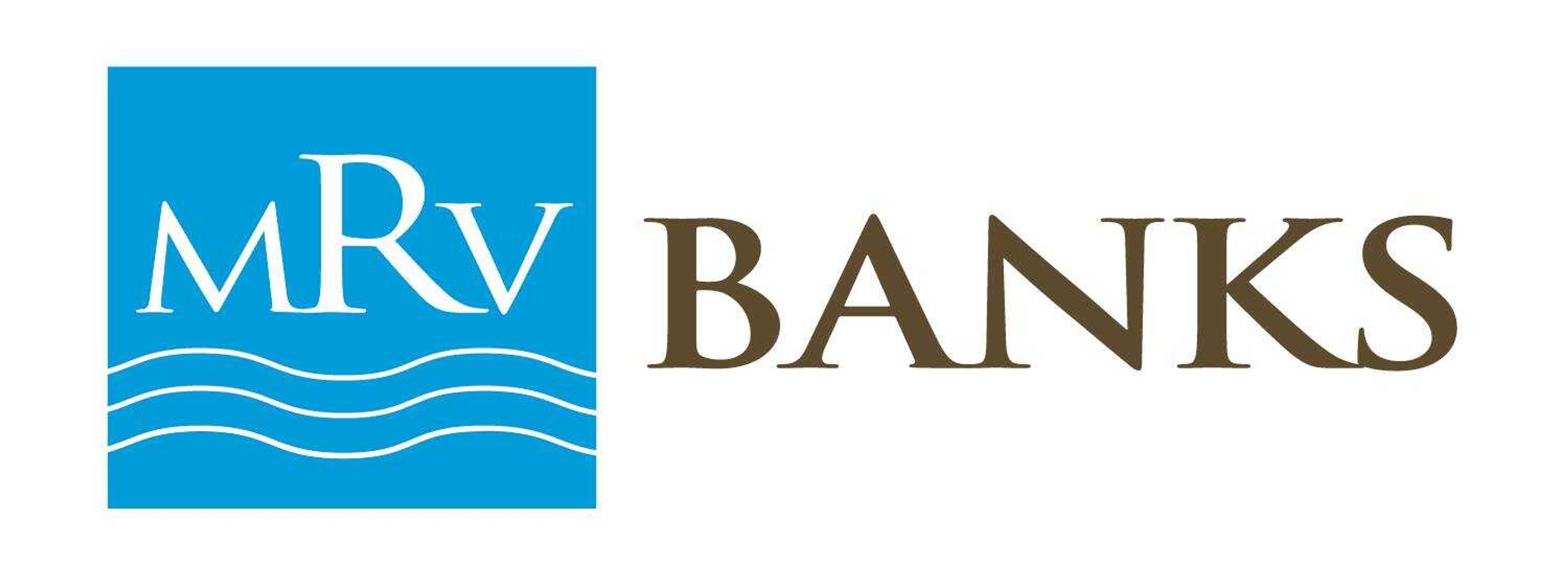Highlights from the Southeast Missouri school scene
For more than two years, the United Way's Education Solutions Team has investigated the causes and conditions of student failure. On March 31 the group, sponsored by the United Way of Southeast Missouri, unveiled its "Mobilization Plan for Ensuring the Success of Our Children," a 61-page report filled with statistics and containing a simple directive: It takes an entire community to produce better students. ...
__A new plan: United Way unveils Cape Girardeau education plan__
For more than two years, the United Way's Education Solutions Team has investigated the causes and conditions of student failure. On March 31 the group, sponsored by the United Way of Southeast Missouri, unveiled its "Mobilization Plan for Ensuring the Success of Our Children," a 61-page report filled with statistics and containing a simple directive: It takes an entire community to produce better students. The group's top goal is finding ways to boost the Cape Girardeau School District's graduation rate to 90 percent by 2019. The rate in 2010 was 78.4 percent.
"The community needs to think differently about our role in public education," said Nancy Jernigan, executive director of the United Way of Southeast Missouri, at the luncheon calling for community action. "We want you engaged with us in this work."
To accomplish these goals, the Education Solutions Team made recommendations for appreciating educators, maximizing opportunities for children to learn out of school, and encouraging stronger parental involvement. The group will continue to meet annually and review strategies.
United Way will work with the school district to track a number of indicators, from kindergarten readiness and classroom attendance to discipline referrals and third-grade reading levels, a critical gauge of student success. All of that is designed to help raise the graduation rate.

__Historic preservation: Southeast Missouri State University program celebrates 30 years__
Southeast Missouri State University celebrated its Historic Preservation Program's 30th birthday April 9, in a special program hosted by the Historic Preservation Association. The academic program was designed to prepare students for careers in preservation of the built environment, historic site administration, archives or museum management, according to the department's homepage. The curriculum combines classroom learning with field experience in history, research methods, architectural history, preservation, historic site administration, museum studies and archival studies.
Dr. Arthur H. Mattingly, one of the educators instrumental in starting the program, said that at first, the university administration wasn't keen on the idea of a historic preservation program.
"Nobody was on board," said Mattingly, a retired professor of history and historic preservation at the university. "The university wasn't that sold on the program, but they were willing for us to go forward with it. And in that regard, thank goodness."
Once approval was gained from the university, the program was turned down by state higher education officials who saw no need for it. Other historic preservation programs were at the graduate level and were affiliated with architecture or archaeology programs, not history. It took an in-person presentation to gain state approval for the program.
Since then, more than 200 students have graduated from the program, which offers both undergraduate and graduate degree levels.
"The historic preservation program at Southeast is genuinely unique," said Dr. Frank Nickell, keynote speaker at the celebration. "It is a monument to the dedication and inspiration of a number of historians at Southeast who really cared about the preservation of our past. It's been successful, it's growing, and we think it will continue to evolve over the years into a nationally significant program."
__Three Rivers breaks enrollment record this fall__
POPLAR BLUFF, Mo. -- Administrators at Three Rivers College celebrated a record fall enrollment of 4,278 this year, up 13.5 percent from last fall, according to the college's Enrollment Services. The community college has posted record enrollment figures each of the last four semesters, Wes Payne, vice president for learning told the Daily American Republic. In the spring semester, Three Rivers reported enrollment of 3,710 students, an increase of 6.8 percent from the same semester last year, and in the fall semester 3,732 students enrolled at the institution.
Payne said the economy, the college's push into small communities in the region and more online class time drove the enrollment surge. Three Rivers' new center in Dexter, Mo., helped bolster student counts, and it has helped free up classroom space in the community college system, Payne said.
The college's education programs continue to expand, as well. Three Rivers launched an accelerated "Maymester" term May 23 to June 2, between the end of the spring semester and the start of summer and fall sessions. The institution rolled out a similar intensive, short-term session, "Augmester," between the summer and fall sessions.

__Private schools are expanding__
St. Vincent de Paul Parish School in Cape Girardeau is poised for a major capital expansion. The $4 million project will add 10 classrooms and a new cafeteria, kitchen and band room to the growing Catholic school, and expand meeting space for a parish of nearly 4,500 members, according to David Hulshof, pastor of St. Vincent de Paul. Construction began this summer and is slated for completion by the summer of 2012.
Meanwhile, Notre Dame Regional High School in Cape Girardeau is halfway through its first multiphase expansion project since moving to Route K in 1998. The $5.5 million, four-phase campaign will accommodate increasing enrollment numbers and changes in the school's curriculum, including more advanced courses. So far, the expansion has added a new gymnasium/multipurpose room, more classrooms, a presentation room and expanded art and science rooms. Yet to come are an improved "cafetorium," a combined cafeteria and auditorium, and an expansion to the school's original gym. The total project is expected to take about five years to complete.

__Cape school buildings see summer improvements__
In April 2010, Cape Girardeau voters approved a $40 million school bond issue. By the summer of 2011, the Cape Girardeau School District was putting that money to use on several school improvement projects. Alma Schrader Elementary will receive a classroom addition, more cafeteria and gymnasium storage, Americans with Disabilities Act access in the restrooms, and automatic urinal flushing systems in the boys bathroom. Clippard Elementary will see new kindergarten and preschool rooms on the west side of the building, plus a new multimedia center. A brand-new building is in the works for Franklin Elementary, with completion expected by July 2012, while Jefferson Elementary will get a classroom addition and roof replacement. Work is being done in the Central Junior High School library. Central High School will receive a number of improvements, including a 750-seat auditorium, a stadium complex and a new 16-classroom wing. Additionally, school doors will be replaced districtwide.
Connect with the Southeast Missourian Newsroom:
For corrections to this story or other insights for the editor, click here. To submit a letter to the editor, click here. To learn about the Southeast Missourian’s AI Policy, click here.










